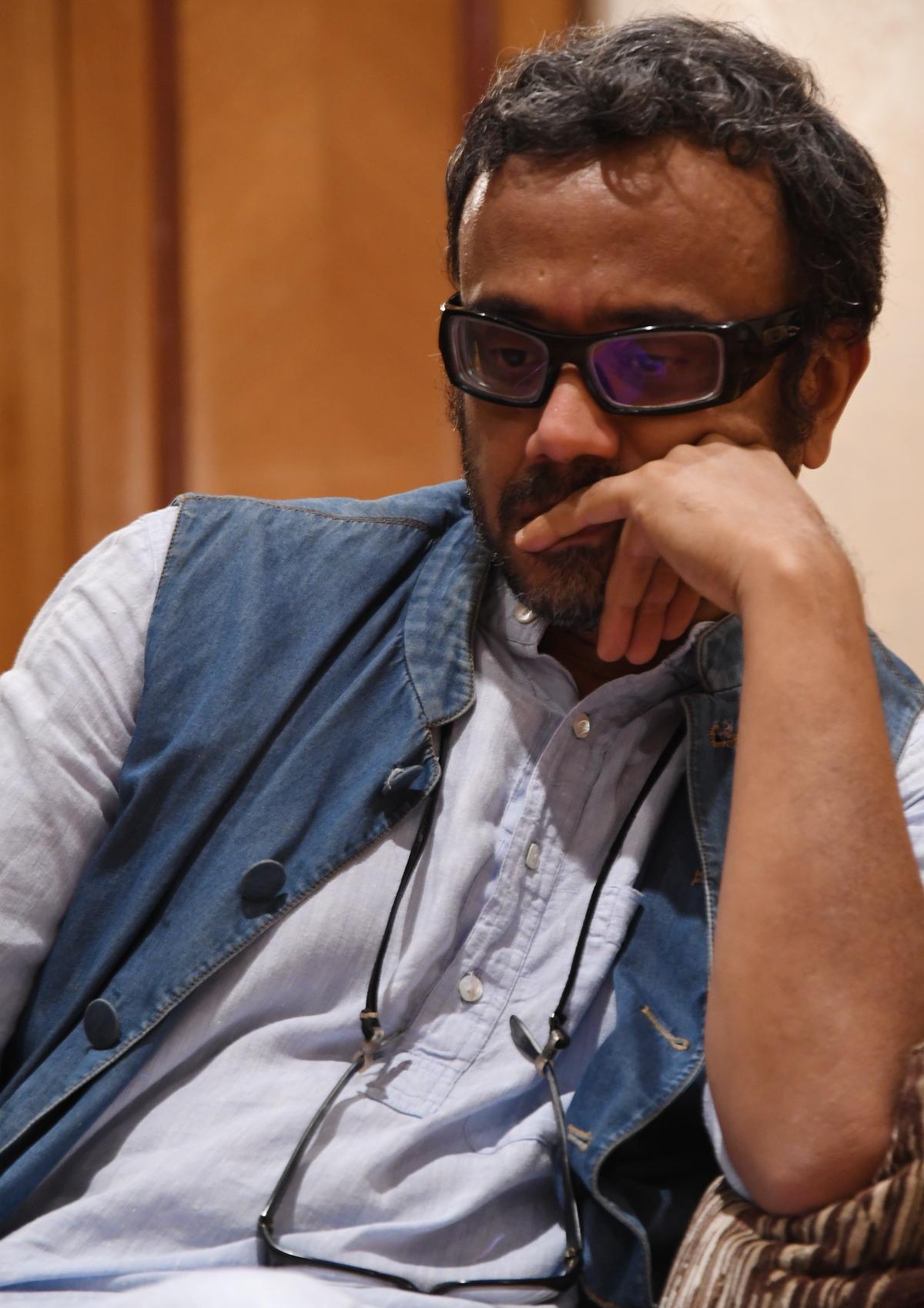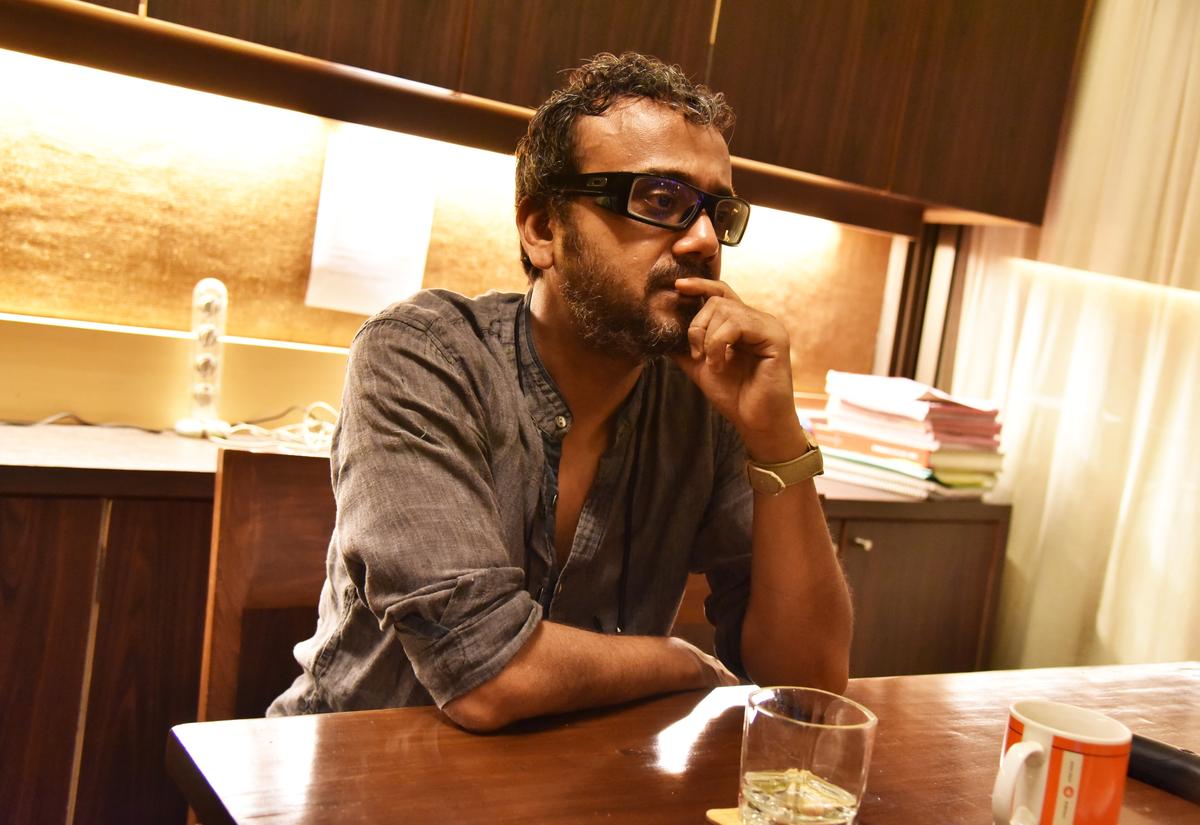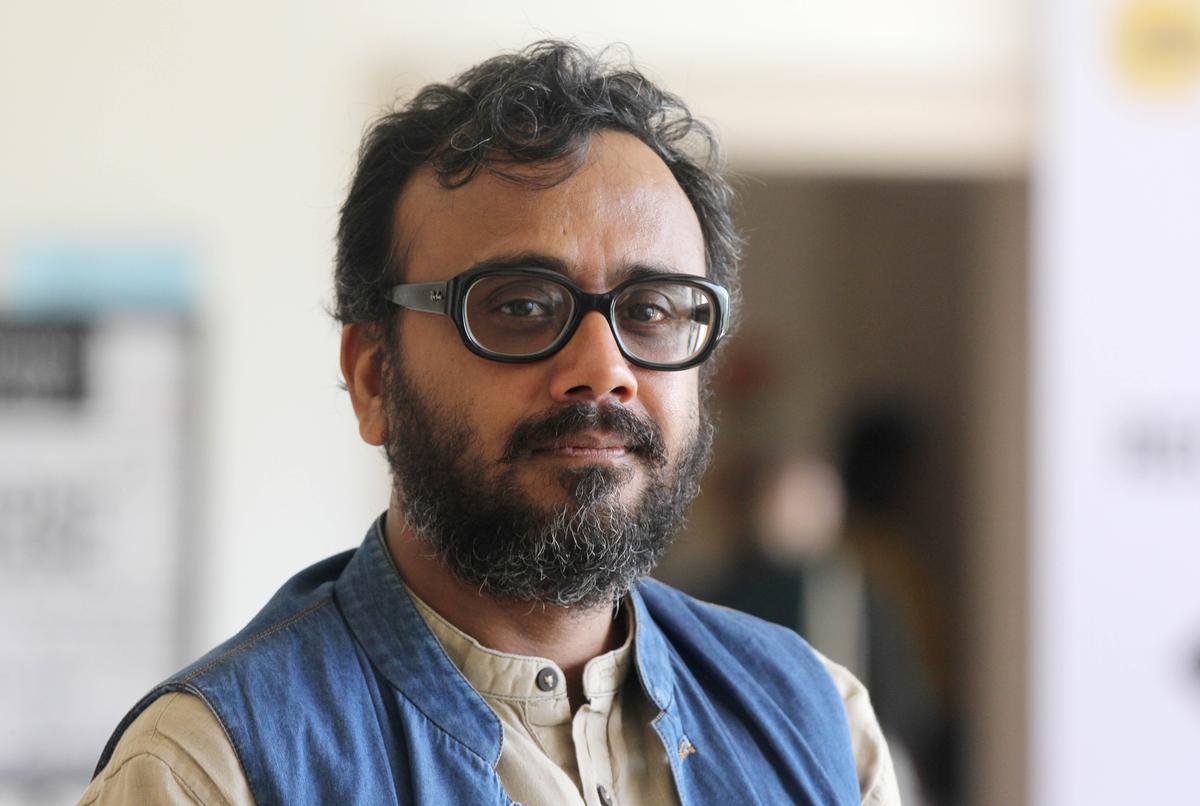Dibakar Banerjee on shelved Netflix film ‘Tees’: A society gets the culture it deserves
The way production houses and streaming platforms are vetting content with political undertones, soon we could have a separate column in annual appraisals listing films that could not reach audiences due to self-censorship. One film that could not make it to year-enders in 2024 is Dibakar Banerjee’s Tees because of what he calls “casual suppression of freedom of speech.” One of the most original and influential voices in Indian cinema — who started his career with the tale of a Punjabi family’s struggle to reclaim their land in Khosla Ka Ghosla (2006) from a real estate shark — has chosen to tell the story of three generations of a Kashmiri brood set in a dystopian India.
Starring Naseeruddin Shah, Manisha Koirala, Huma Qureshi, Shashank Arora, and Divya Dutta in pivotal roles — after the Netflix original was surprisingly put on hold by the streaming platform — Dibakar is showcasing Tees in non-ticketed shows at film societies for cinephiles and students, with the hope to find a new home for his labour of love that was “originally titled Ghar.” Screened at the Dharamshala Film Festival to a resounding applause, the title is drawn from a future date when some deeply agonising events unfold. However, those who know Hindi well would realise Tees also reflects the twinge that the characters in the film carry, and now it also indicates the pang of stillbirth that the filmmaker is grappling with.
Set in a digitised space where the idea of a monolithic India has almost been achieved, the fictional narrative captures the emotional truth of the world we live in. Juxtaposing the exodus of Pandits from Kashmir in the 1990s with the growing intolerance against Muslims, the film reflects different shades of majoritarianism. From appropriation of cultures and throttling of creative expression to muffling of desire, Dibakar seamlessly intertwines satire with realism to present a worrying yet entertaining picture of the state of affairs. “I recently told one of my friends I now know a bit what it feels to be a minority,” says Dibakar amid an intense free-wheeling conversation.
Impossible to put into brackets, Dibakar holds he made Tees for the audience of Khosla Ka Ghosla, and, in a way, it is his Hum Log, the first Indian soap on the daily struggles and aspirations of a middle-class family. “This film is about a quintessential middle-class Indian family. We are all connected to our families. We carry not only their blessings but their weight as well. We carry the grief and the guilt they have left behind in our heads. We never use them, but they find a reflection in those faded black and white photos that we keep in our family albums.”
Dibakar, who grew up in a traditional Bengali household in Delhi, says he also has a family Whatsapp group called Hum Log. “We don’t discuss politics but, thankfully, I come from one of those lucky families where everybody agrees on whichever path you take. Suppression is not correct, and religion is personal.”
He recalls how, as a 10-year-old, he watched his Hindu Bengali grandmother spending 70% of her day in puja. “But it was purely personal. My father and I had the freedom not to offer flowers in a Puja Pandal during Durga Puja celebrations. At the same time, I would be the cultural secretary of the Puja committee and put up plays or sanction money for decorating the idols.” Dibakar remembers how in his teens and early adulthood he would put the vermilion paste on his forehead and get on a truck to go for the visrajan (immersion of idols) chanting ‘Durga Mai Ki Jai’ (hail the goddess) while being a complete atheist. “That is my personal belief. Many North Indian and Muslim families would come to greet us. I could see it as a social ritual that is not there to exclude anyone.”
Edited excerpts from an interview:
How did you come to know that ‘Tees’ has been shelved?
In 2022, even as we were waiting for a release plan, Netflix told me that, in their opinion, it was not the right time to release Tees. Later, a media report suggested that it didn’t match their slate. Looking at the slate today, I must admit Tees doesn’t fit in! The platform has the legal power not to release the film. However, those who have watched the film have found it striking and entertaining.
From ‘Shanghai’ to ‘Ghost Stories’, your films have always been subversive with political undertones, but they found the backing of mainstream producers. What could be the reason behind the possible erasure of ‘Tees’?
Every mainstream Indian producer I met wants to keep one door open to different kinds of subjects. I got complete support from Netflix, from commissioning to completion. However, once the troll mob and the enforcement arms of the State come after you, the producer is driven to a corner and is forced to weed out certain films from the slate. Gaurav Solanki, who has written Tees, faced serious threats and FIRs when Tandav (2021) was streamed. The risk of a global company stepping out of the line appears bigger because its connections and relationship with the power centres determine its survival in the Indian market. The new and worrying thing is that this suppression is normalised. The streaming platforms are run by people enjoying high salaries. It seems there is too much positive on one side to go with the tried-and-trusted and too much discouragement to do something out of the ballpark.

FILE – Mumbai, Maharahstra, 15/06/2018: Bollywood Film Director, Dibakar Banerjee.
| Photo Credit:
ROY CHOWDHURY A

How would you explain this ‘normalisation’ of self-censorship?
The present regime hasn’t invented censorship. It is a colonial hangover. I made LSD (2010) during the previous regime and I had to cut out the part where the film says that the protagonist was killed because of his caste. However, the current dispensation has succeeded in refining the censorship techniques into something amazingly effective. I have a kind of dark respect for them for turning large sections of the middle and upper middle class into psychopaths. We can see a contempt for the necessary chaos in democracy and the dissipation of multiplicity. These are the concerns that made me make Tees but that’s also why I see its non-release as a kind of poetic injustice. Like a society gets the government it deserves, it also gets the culture it deserves.
How did you deal with the impact of perhaps your most significant film not finding a release?
The feeling can destroy you if you are not careful, tough, and real. I had to undergo therapy. I could do so because I am also part of that minuscule upper middle class that can afford it, but those who know me understand that I am not exactly a wilting willow.
The film provides an insight into the pain of Kashmiri Pundits at the height of the insurgency when their culture was almost casually appropriated by friends and neighbours in the garb of sympathy…
It is just like the Indian elite going for cuisine tours to Shaheen Bagh (during the anti-CAA protests). We love to appropriate cultures that we can suppress. The outburst of the Pandit lady (played by Divya Dutta) in the film is the outburst of every community that is feeling oppressed, shunted out, and appropriated. In one of the screenings, one 25-year-old Kashmiri Pandit girl said she wanted her whole family to watch it because this was the first film about the flight of the Pandits that made her feel seen and treated with dignity.

FILE – Mumbai, Maharashtra, 15/06/2018: Bollywood Film Director, Dibakar Banerjee talking to The Hindu in Mumbai.
| Photo Credit:
PHOTO: KARAN SARAF (INTERN)
You also play the voice of a Kashmiri Pandit in the film. How did it come about?
We wanted the disembodied voice of a man in his 40s who would grow up to be a typical WhatsApp uncle. We tried three actors, and all of them were doing good acting, but in my mind, he was an English-speaking suave guy who would discuss the Muslim birth rate during dinner table discussions; someone who would pour his othering out after a few pegs of cheap liquor.
Then there is Gasha, a Muslim house help played by Naseeruddin Shah who, perhaps, represents the ordinary gullible Indian surviving on direct benefit transfers…
Gasha is a perennial character. He was there in ancient and medieval India and he is there today. On the surface, he is a house help from an underprivileged background that most traditional Indian families have. Usually, he is someone from the native place of the woman of the house who grows old with the family. Deep down, however, he represents the majority of voters in the country and is a portrayal of the most disempowered class which is also the most populist. The governments of all creaky democracies where there is inequality want this class to be there forever. You can find a reflection on this class in Shanghai too.
What was it like working with Naseer?
Having grown up watching films like Nishant, Manthan, and even Khwab, Naseer has always been my star, and working with him is one of the most satisfying things of my career. After a long time, people will see Naseer not shoved into those roles of seniority and eminence. Once we started shooting, we started treating this character with the respect that is due to Naseer. But Naseer’s greatness lies in the fact that despite his seniority and eminence, he can portray a character who is neither senior nor eminent – someone who is irrelevant to the scheme of worldly things but is relevant to the story.

Dibakar Banerjee
| Photo Credit:
Solaris Images
Did you consider remodelling your gaze and taking the foreign funding/festival route like some of the younger filmmakers have, possibly to circumvent the State’s scrutiny?
Everybody takes all routes. Those who are working with foreign grants have also looked for Indian funds. When we talk of a film made through foreign funding, the invisible picture that comes into our head is that of a superior and deeper film that caters to an international audience and doesn’t pander to the frivolities of a Bollywood audience. I am always interested in speaking to the audience of Khosla Ka Ghosla first because that is where my meaning-making is most potent. Having lived through the film world and seen my films playing all over the world, I have learned that every culture has its way of figuring out good and bad and ways of enforcing a law of good and bad. So there are foreign grants but you can see a bias towards a particular picture of India in their head and, sometimes, you don’t want to cow-tow to that bias and walk away.
So, you don’t want to submit to the conventions of the foreign gaze…
No way. I am not interested in preaching to the converted. Only by speaking to my audience can I indulge in my fantasy of my films changing something. What will my film change if it gets some claps and a few awards in Paris or Berlin? But if my film is shown in India, I at least have a .001% chance of changing somebody’s opinion.

How do you engage with the mainstream?
I don’t make major distinctions between mainstream and non-mainstream cinema. A film has to be an unfolding of me; in that unfolding is the joy, engagement, and all of that. What I have decided is, I won’t pander…
This nonconformist approach could brand you a troublemaker!
I never wanted to be a rebel. I always wanted money and fame (laughs)! Somehow life gives me something else. The intention is not to create trouble but to keep the concept of equality and the spirit of questioning alive. How would we otherwise survive as a society?
Published – January 02, 2025 01:53 pm IST